Humans have about 10,000 Taste buds, of which each individual bud contains 50 to 100 taste sensory cells, which come into contact with the substrate to be tasted via tiny taste sticks and then report their information to the central nervous system (CNS) via afferent nerve fibers. About 75% of the buds are integrated into the lining of the tongue, the rest is distributed over the soft palate, nasopharynx, larynx and the upper part of the esophagus.
What are taste buds?
Taste buds (Caliculi gustatorii) are small cup-like structures in the mucous membrane of the tongue. Each taste bud contains, among other things, up to 100 taste sensory cells, which are transmitted via tiny taste sticks (Microvilli) in the taste pore (Porus gustatorius) come into contact with the substrate (food) on the tongue. They pass on their “impressions” as an electrical impulse via afferent nerve fibers to the relevant nerve switching points in the central nervous system.The taste sensory cells can be divided into type I, II and III cells. Taste buds on the tongue mucous membrane are grouped into so-called papillae, which, depending on their appearance, are differentiated into wall, leaf and fungal papillae.
While wall papillae contain several hundred taste buds, there are only 3 to 5 in each of the mushroom papillae. The taste sensory cells can only differentiate between the flavors sweet, sour, bitter salty and umami. The term “umami” is a Japanese expression and, as the fifth flavor, can be roughly described as meaty, hearty and tasty.
In each taste bud there are sensory cells for all five flavors. The sense of taste is strongly interconnected with the sense of smell. An impaired sense of smell, for example from a cold, also affects the sense of taste.
Anatomy & structure
The taste buds with a diameter of 20 to 40 µm are integrated into the epithelium of the oral mucosa. The taste buds have a cup-like shape and taper towards the top to form a taste pore with a diameter of 4 to 10 µm. Short sensory sticks (microvilli) protrude from the taste pore, each of which is connected to "their" taste cell at the other end.
The actual taste receptors are located on the membrane surface of the microvilli and can be excited depending on the nature of the food. Each taste bud contains up to approx. 100 taste sensory cells, which are connected to the central nervous system with afferent nerve fibers to report their impulses. From the undifferentiated basal cells, which every taste bud contains at their base, new taste sensory cells continuously develop, since these are relatively short-lived and have to be constantly replaced.
The division of the taste cells into the three cell types I, II and III is based on morphological and immunohistochemical differentiating features. A differentiation according to function and tasks could not (yet) be made because differentiated knowledge about it is not available.
Function & tasks
The main function of the taste buds, together with the sense of smell, is to conduct a preliminary examination of the food for the criteria of toxic / dangerous, edible or inedible. The protective function of protecting the body from toxins or other dangerous substances is based partly on genetic pre-programming, but for the most part on acquired experience that is stored in the taste and smell memory.
Another important task of the taste buds is to pre-examine the food for sugar. On the one hand, the body demands energy in the form of sugar; on the other hand, too much bio-quickly available sugar (glucose) can drive the blood sugar level to dangerous levels. To prevent this from happening, the taste buds trigger a cascade of physiological reactions with their collected messages “very sweet”.
Above all, the pancreas is trimmed to produce insulin in order to be able to process the expected sugar quickly and transfer it to a kind of suitable intermediate storage. If the "sweetness message" was a false one because the taste buds fell for the sweetener, it upsets the metabolism.
Too high an insulin level causes the glucose level in the blood to drop sharply within 10 to 15 minutes, which can lead to drastic hypoglycaemia. A fascinating task of the taste buds ensures that foods left natural taste particularly good to us when they contain minerals, enzymes and vitamins that the body currently needs. The criteria according to which this works is not known.
You can find your medication here
➔ Medicines against loss of appetiteIllnesses & ailments
A disturbance of the taste sensation can be caused by pathologically altered taste buds, for example by inflammation in the tongue mucous membrane or by a disturbance in the nervous system. The stimuli reported by the taste bud cannot be transmitted correctly or processed in the central nervous system.
Disorders of the sense of taste are known as dysgeusia. A distinction can be made between qualitative and quantitative dysgeusia. A complete loss of taste is called ageusia.
A qualitative dysgeusia manifests itself through a changed taste sensation, under certain circumstances even a taste sensation is generated virtually, quasi hallucinated (phantogeusia). Kakogeusia is a very unpleasant dysgeusia, in which all taste stimuli are perceived as unpleasant bad tasting. Quantitative dysgeusias usually occur in connection with impairment of the sense of smell.
Inflammation of the oral mucosa or the lining of the tongue can lead to a temporary impairment of the sense of taste and cause quantitative dysgeusia. Inflammation of the nerves (neuritis) can trigger dysgeusia if the neuritis hinders the transmission of taste impulses or completely prevents them.
Disturbances in the processing of nervous impulses in the central nervous system, for example caused by tumors, neurotoxins or alcohol and other drugs, can lead to dysgeusia. Most of the dysgeusias associated with secondary diseases such as mucosal inflammation or neuritis are temporary and disappear once the secondary disease has been cured. A permanent total loss of taste is very rare.

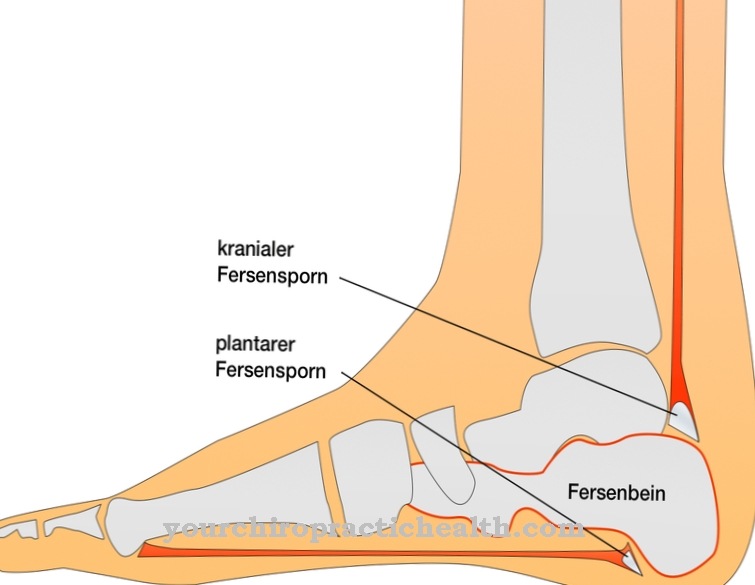
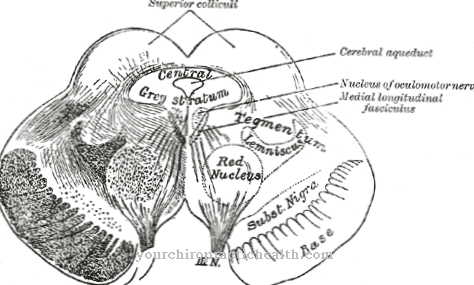

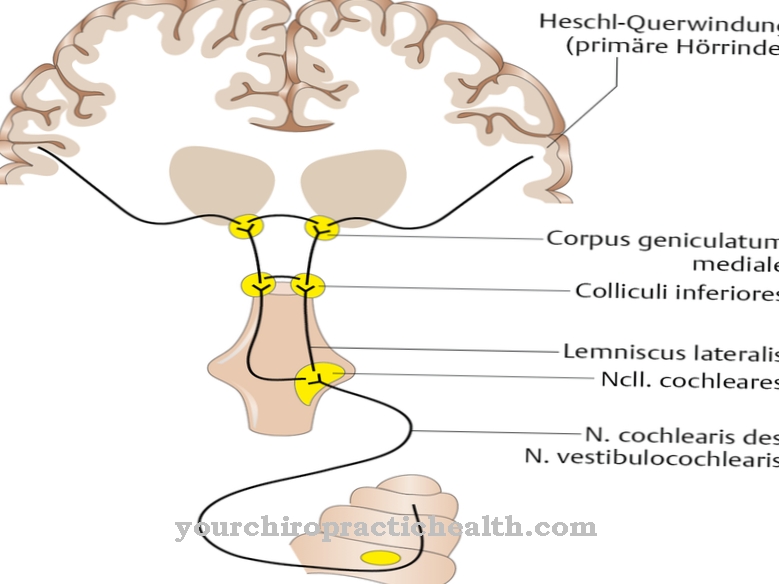
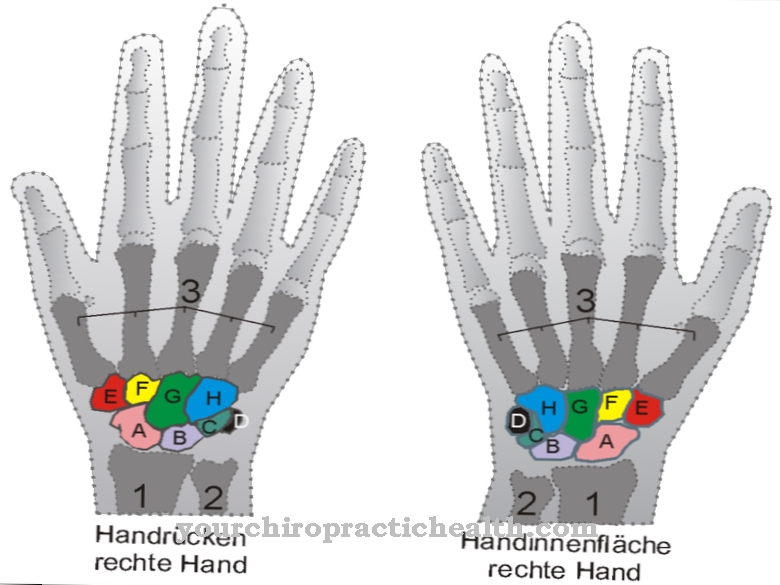
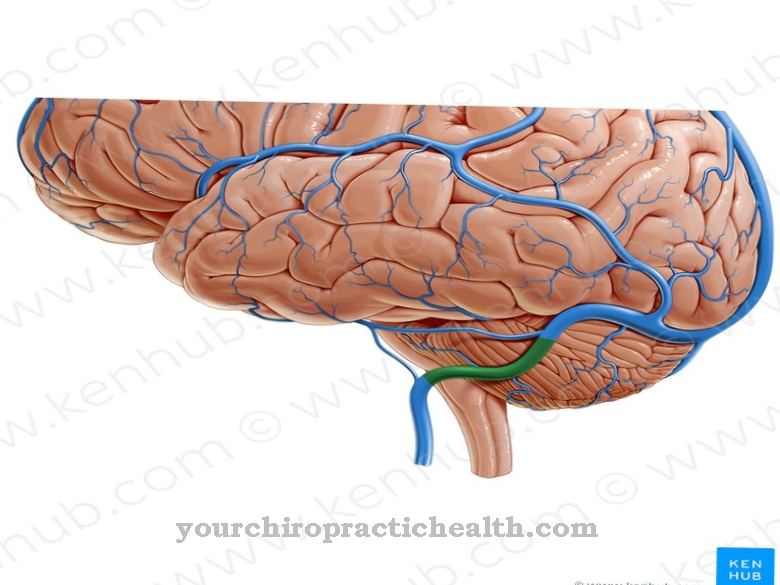

















.jpg)



